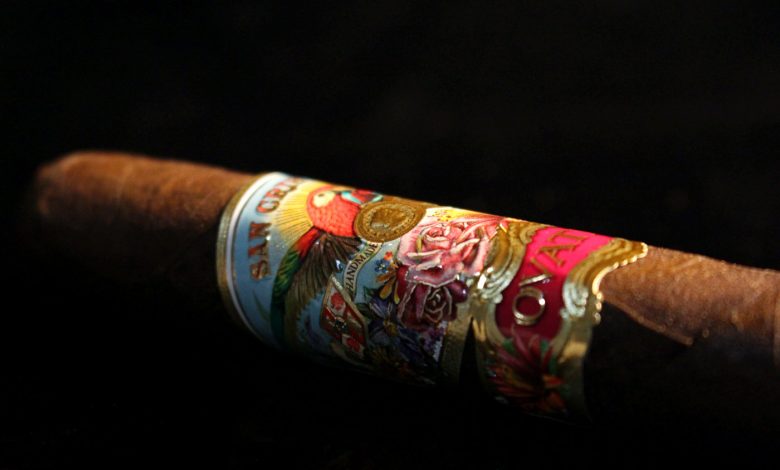How To Smoke A San Cristobal Ovation Cigar

Tasting a san cristobal ovation cigar can be one of the most captivating moments in life since a whole ritual accompanies this act to honor the tobacco, especially if in this the client enjoys, in addition to the brew, all the magic of a centennial world that pays homage to this product that the locals rightly used to communicate with the gods.
Before getting ready to smoke a cigar, it is essential to briefly inspect it to verify its appearance, color, texture, degree of humidity, quality of the twist, stretching of the wrapper, and odors before lighting. Before the fire starts to undress it, the knob is cut off using a guillotine, a knife-cutter, or scissors enabled for this service. It is then lit with caution and moderation so that the entire cigar burns to facilitate maximum identification of the casing’s binding. Once lit, we appreciate the shot, its evolution. This is important because it is on it that the secrets of the cigar are revealed. The shot has to be just right for the puff to generate the desired amount of smoke. The combustion is another critical factor. The ease of burning allows the combustion ring to be uniform. That the tobacco burns evenly is something always desired.
A cigar guillotine must entirely remove the end of the cigar.
A san cristobal ovation cigar should always be lit with a wooden match; never use a candle or gasoline lighter because they will cloud the taste.
Take your time to light the cigar; keep the flame at 90º until it is well lit.
Unlike conventional cigars, with cigars, you don’t have to inhale the smoke. First, you have to keep the smoke in your mouth and then exhale it. Your taste buds will capture the cigar’s flavor perfectly.
Like brandy, the cigar should be enjoyed quietly; giving it strong puffs can make it burn too much and make the flavor disappear.
You don’t have to throw the ash away; it will fall out by itself when necessary.
The longer the cigar, the slower it will burn. Remember that size does not mean it has more strength or flavor.
Remember, your san cristobal ovation cigar has gone through many experienced hands in its production process: from the farmer who planted the tobacco to the one who hand-picked it, sorted it, aged it, and produced it.
The first few puffs are always despised in tobacco tasting because cigar smoke does not yet have its temperature. As they are cold initially, they condense strongly, and the gases that reach the mouth have an unpleasant and irritating taste. It is necessary to let it go to a permanent temperature regime, and the ashes advance to fully enjoy its pleasures. When the combustion regime is established, from approximately one centimeter of ash, it is the ideal moment to analyze the aroma and the complexity of these through its olfactory richness and the flavors generated.
The aroma of the tobacco that expands in the smoke is associated with the nicotine content and the intensity of its presence. This representativeness is always linked to the confirmation of the cigar’s body and is expressed in its taste and the diverse combinations it induces. For this reason, when a san cristobal ovation cigar is tasted, we always speak of olfactory-gustatory profiles, where the aromas can appear full of complexity and intensity. It is necessary to train a lot in their appreciation to detect the different families of aromas present in the smoke.
The taste is appreciated by the sense of taste in the mouth. Bitterness, sweetness, acidity, and rarely saltiness are patterns in perception. It will always be objective to pursue a pleasant and balanced taste. Although the taste of tobacco is the most evident, carbohydrates, resins, oils, or tars cause a positive effect on the flavor and its persistence. The aroma and taste contribute to determining the blend’s body, while the permanence in the aftertaste is one of the factors that determine the character of the cigar.

